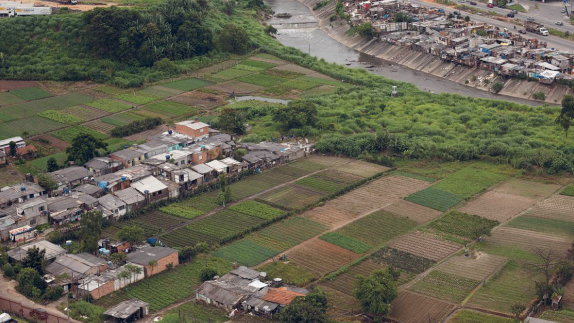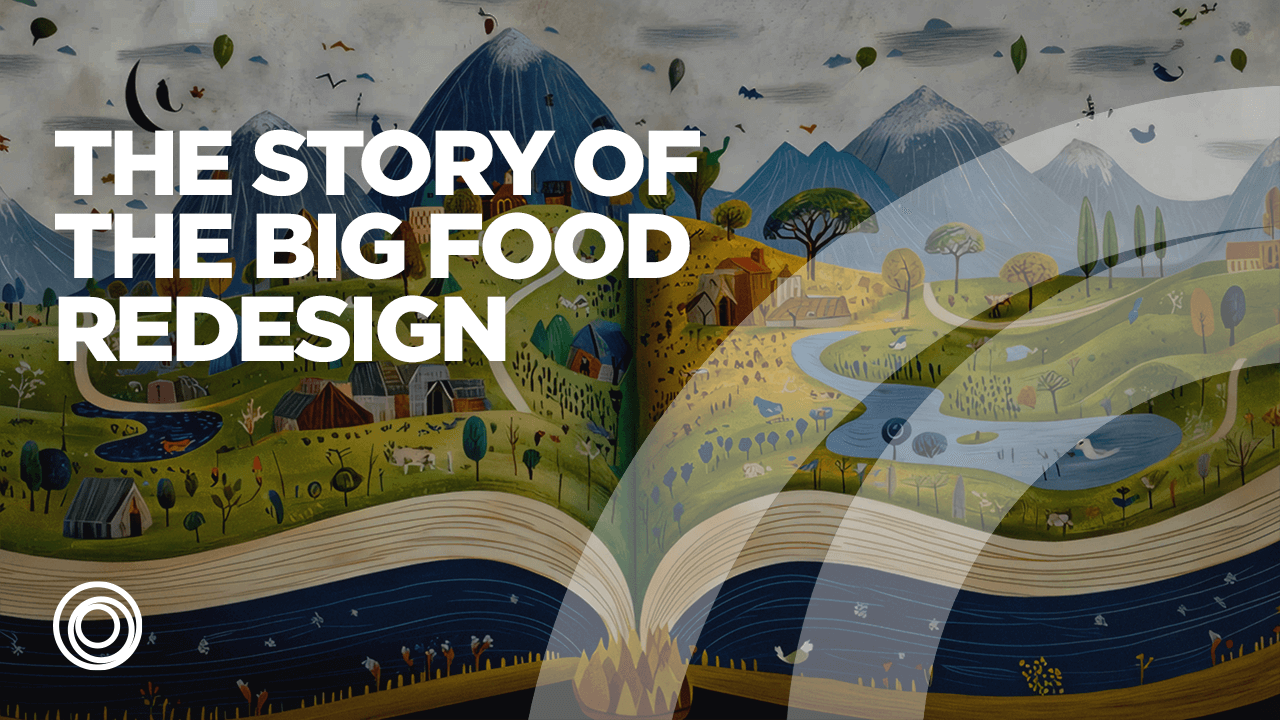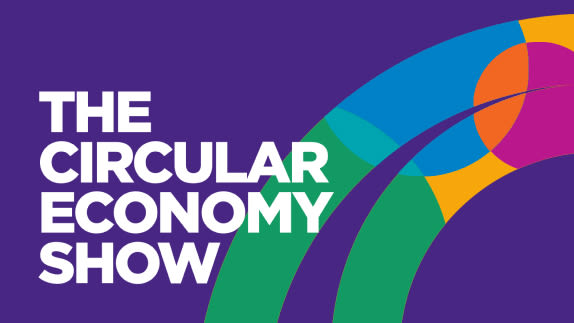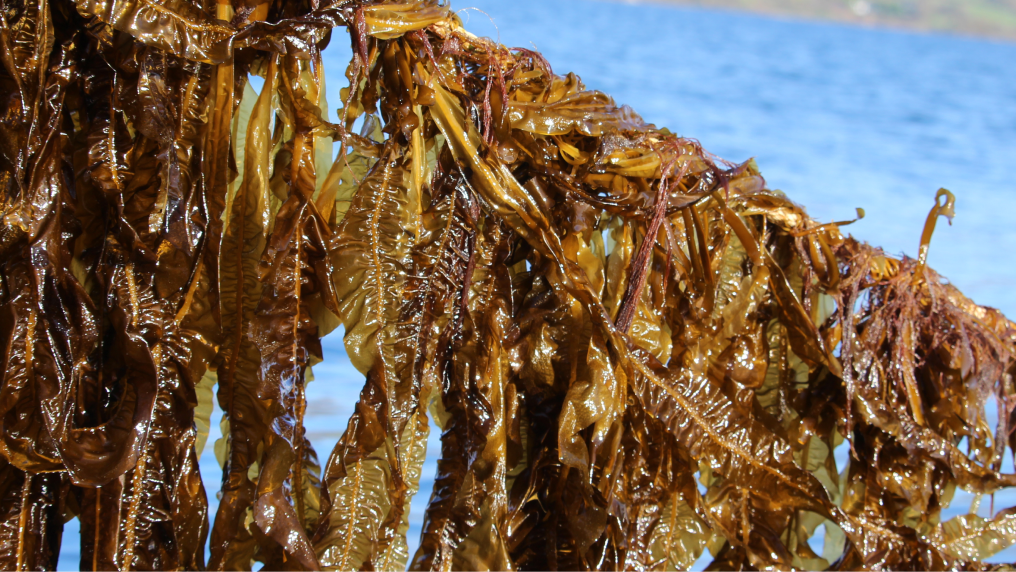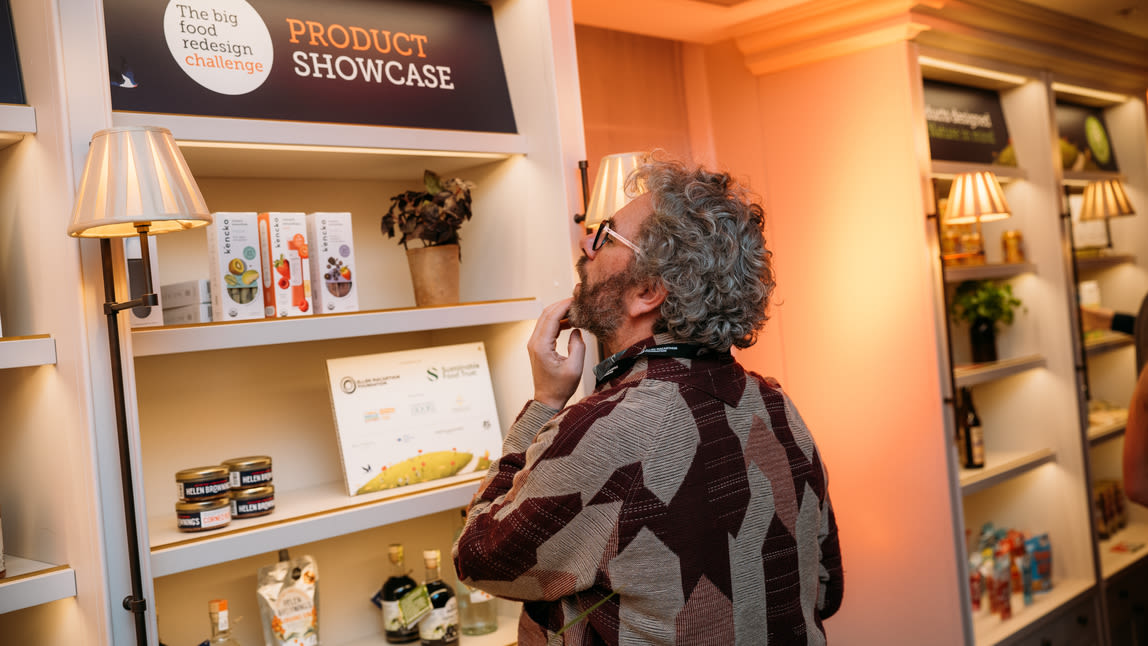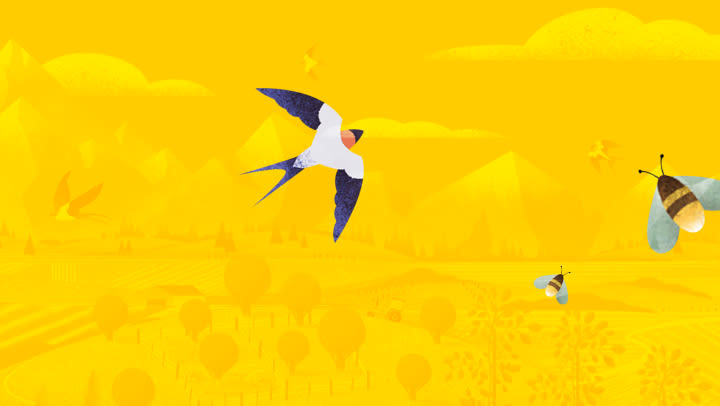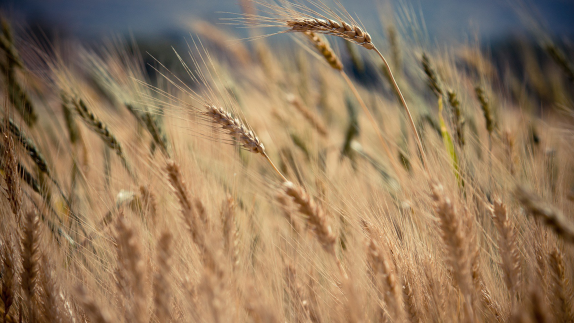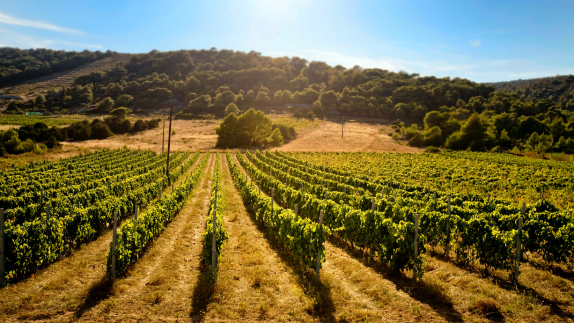Changing our food system to one based on the principles of the circular economy is one of the most powerful things we can do to tackle climate change and build biodiversity. We can achieve this and provide healthy nutritious food for all.
The current food system doesn’t work for everyone, and it certainly doesn’t work for the environment. Industrial farming has turned agriculture into a leading source of greenhouse gas emissions and pollution, and is driving the extinction of species.
Not only do we produce food in a way that won’t work in the long term, but we also waste almost a third of it while nearly 10% of the world’s population go hungry.
How to build a better food system
Regenerative food production
Transitioning to a circular economycircular economyA systems solution framework that tackles global challenges like climate change, biodiversity loss, waste, and pollution. It is based on three principles, driven by design: eliminate waste and pollution, circulate products and materials (at their highest value), and regenerate nature. means moving towards a food system that builds natural capital and allows nature to thrive.
Regenerative food production means growing food in ways that generate positive outcomes for nature such as healthy and stable soils, improved local biodiversity, improved air and water quality.
It is implemented through practices tailored to local contexts such as using diverse crop varieties and cover crops, rotational grazing, and agroforestry (growing trees around or among crops or pasture) and results in agricultural land that more closely resembles natural ecosystems like forest and native grassland, providing habitat for a wide range of organisms.
Eliminating food waste
With the circular economy, we can build a food system that ensures our food never creates waste.
It prevents food waste, redistributes surplus edible food to people who need it and inedible food by-products and human waste become inputs for new products.
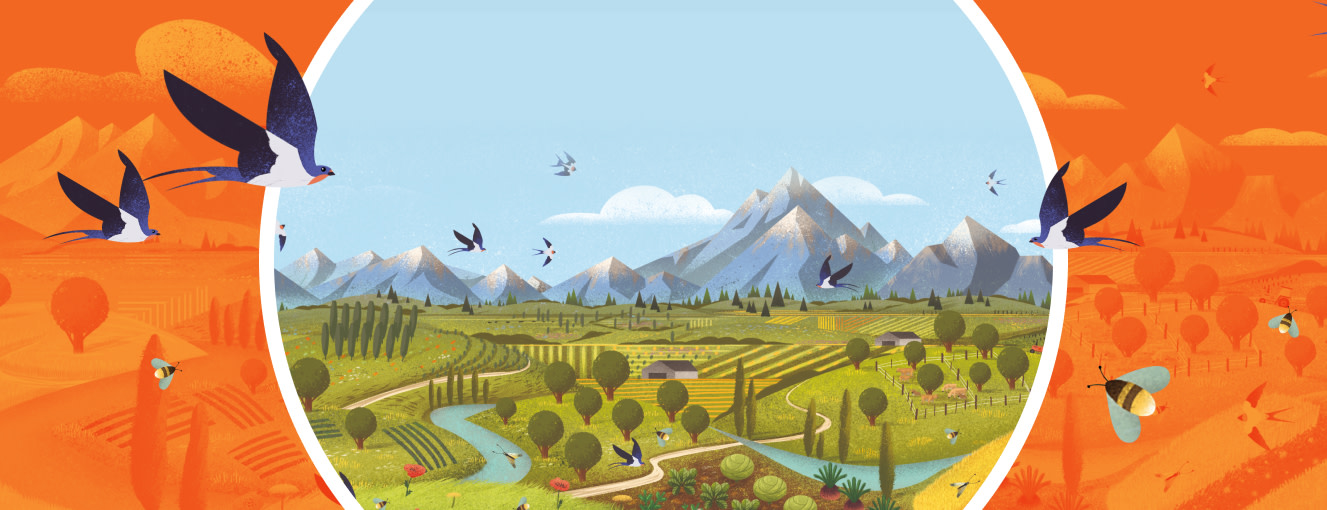
The Big Food Redesign Challenge
A food system that allows nature to thrive is not just possible — it’s already happening. Explore the Big Food Redesign Challenge, created in partnership with the Sustainable Food Trust.
Examples
Supporting local farmers as they transition to regenerative practices
Connect the Dots aims to create a food system network that tackles social inequality and supports regenerative farming. Set up for the São Paulo peri-urban zone and the surrounding region, the programme supports and purchases produce from local farmers, to provide healthy food for vulnerable people.

